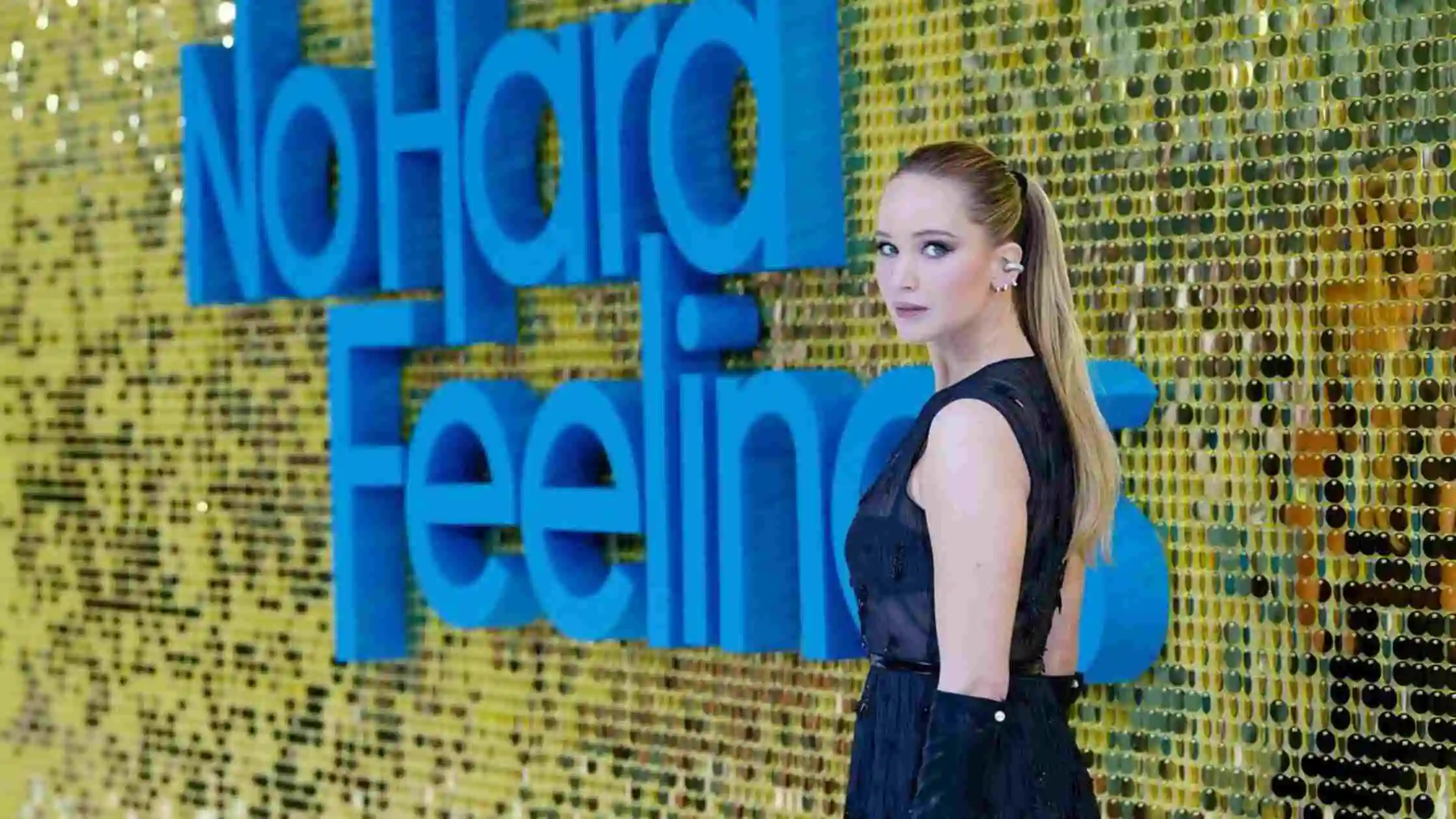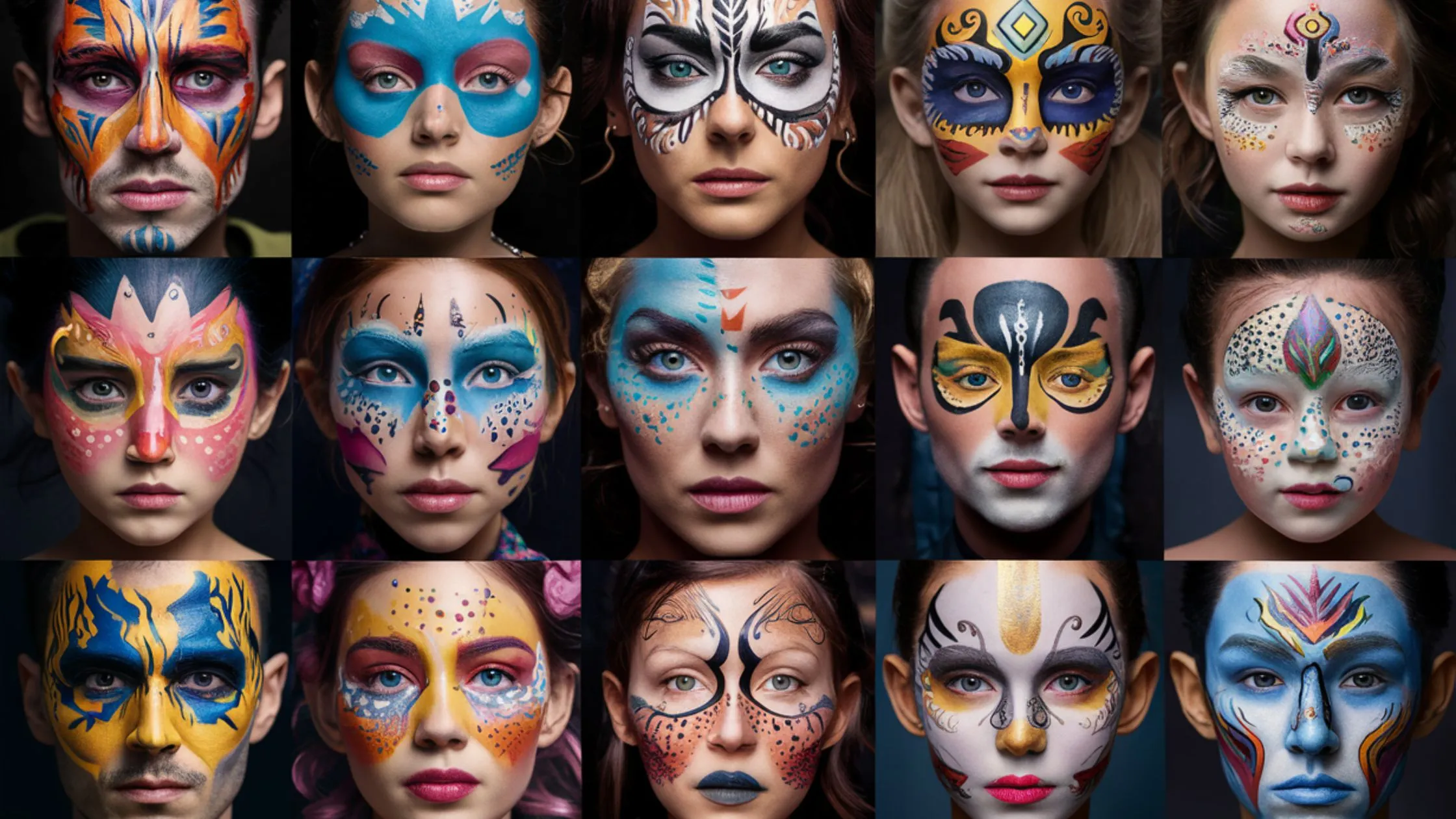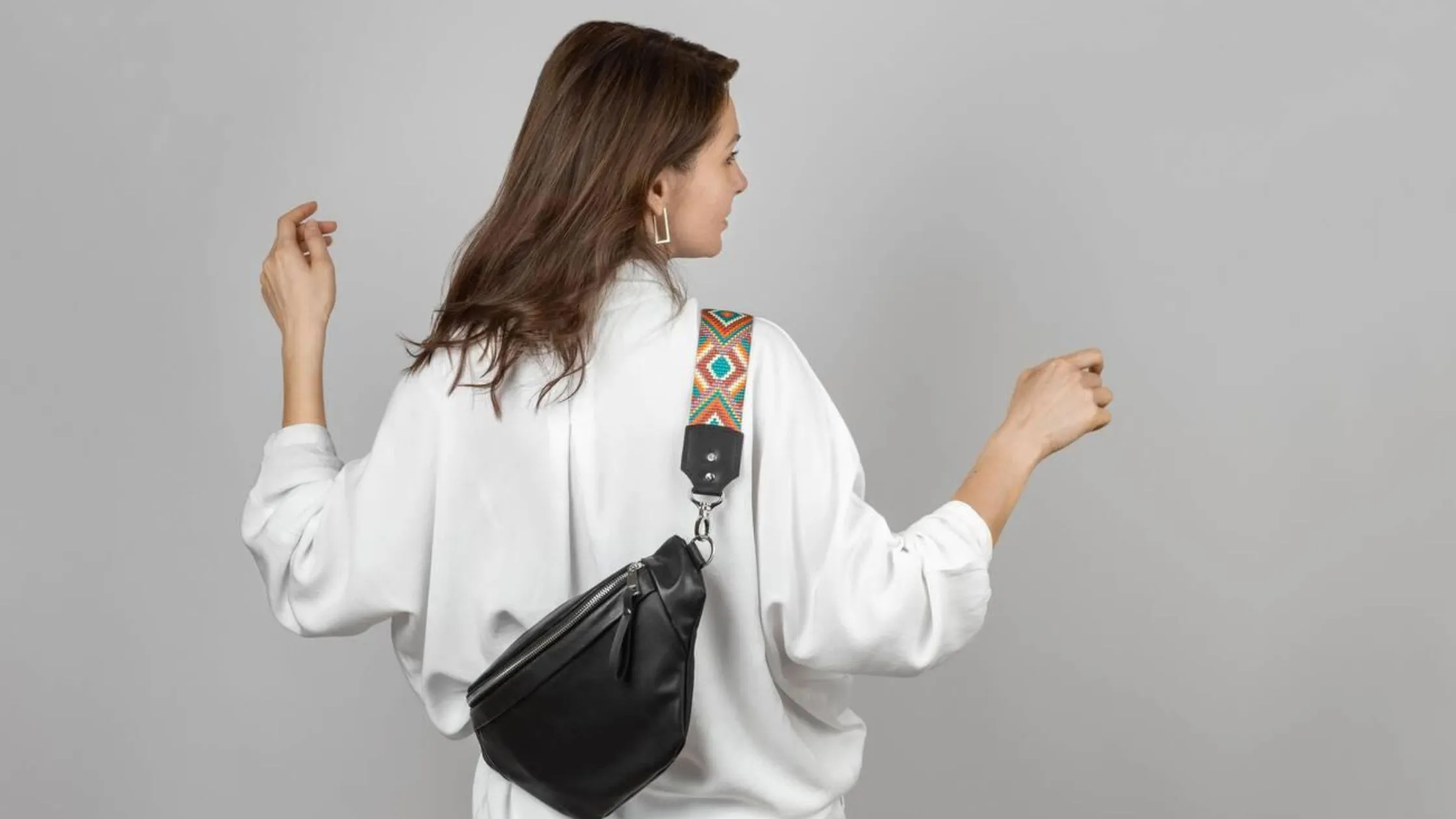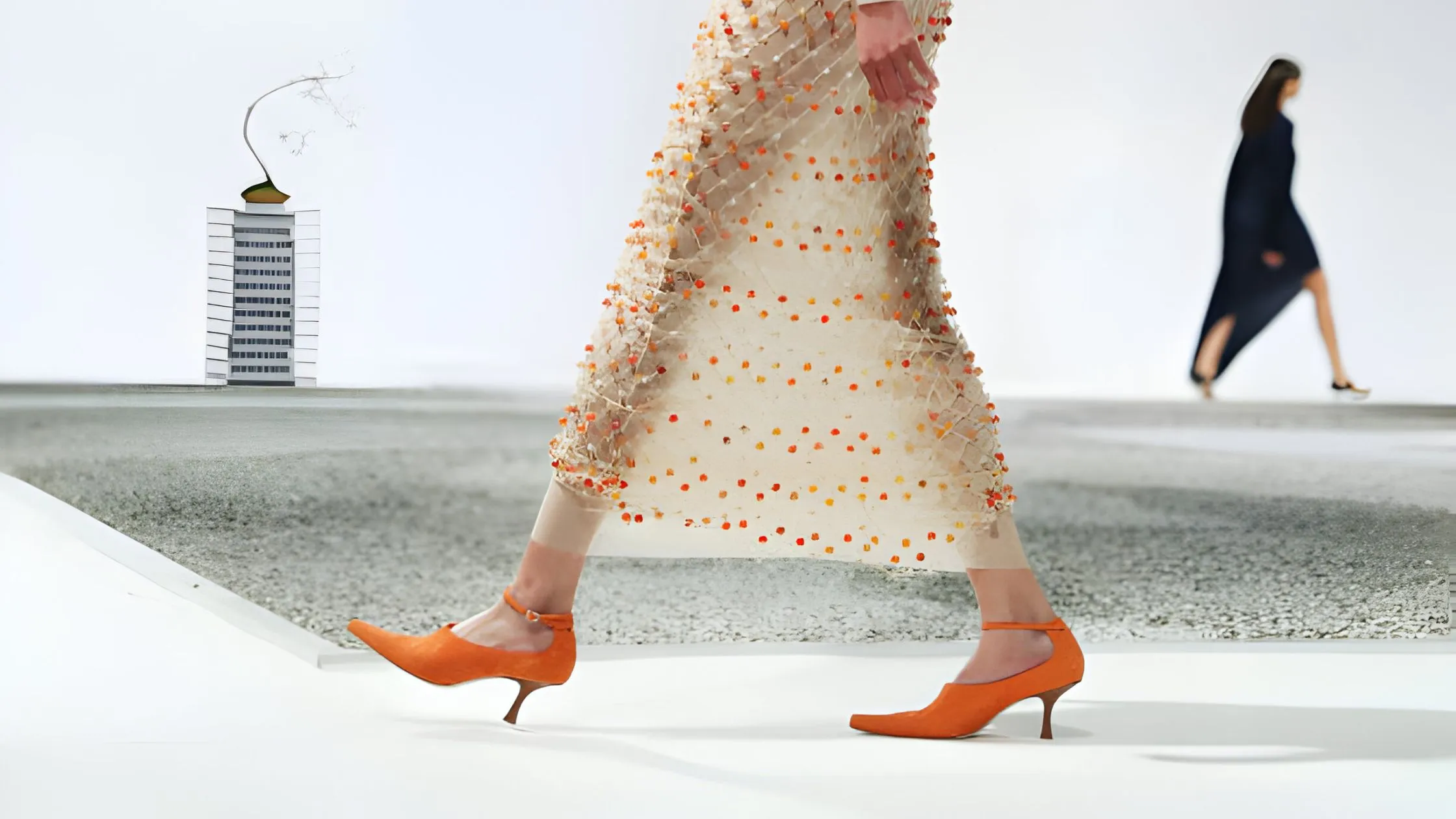The Ultimate Guide to Septum Piercings: Everything You Need to
For many in the past several years, septum piercings have become a standard means of self-expression. Deeply ingrained in a
chicpeekfashion.com
- August 9, 2024
- 5 min read
Jennifer Lawrence: An Extraordinary Journey to Hollywood Stardom
Jennifer Lawrence, the biggest celebrity in Hollywood, has been well-known for years. Millions of hearts were enthralled by her natural
chicpeekfashion.com
- August 9, 2024
- 6 min read
Jennifer Lawrence’s Height and Fashion: A Perfect Match
Jennifer Lawrence is an American actress known for Hollywood movies such as The Hunger Games. She stands at a height
chicpeekfashion.com
- April 10, 2024
- 5 min read
Ice Spice Journey from an Underground Sensation to Mainstream Stardom
In recent years, Ice Spice has emerged as one of the most famous artists in the music industry. With a
chicpeekfashion.com
- July 27, 2024
- 8 min read
Jennifer Lawrence: An Extraordinary Journey to Hollywood Stardom
chicpeekfashion.com
- August 9, 2024
- 6 min read
Ice Spice Journey from an Underground Sensation to Mainstream Stardom
chicpeekfashion.com
- July 27, 2024
- 8 min read
From Country Girl to Pop Queen: A Biography of Taylor Swift
chicpeekfashion.com
- July 24, 2024
- 10 min read
The Ultimate Guide to Trendy Nail Designs
chicpeekfashion.com
- July 18, 2024
- 8 min read
The Growing Market of Fake Jordans: How to Spot Counterfeit Sneakers
chicpeekfashion.com
- July 17, 2024
- 4 min read
Featured Posts
Latest Posts
Most Popular
Vintage Wedding Dresses: Timeless Elegance and Historical Charm
- April 13, 2024
- 8 min read
01
03
The Growing Market of Fake Jordans: How to Spot Counterfeit Sneakers
- July 17, 2024
- 4 min read
04
The Growing Market of Fake Jordans: How to Spot Counterfeit Sneakers
- July 17, 2024
- 4 min read
01
02
Mastering Your Canon: How to Change Shutter Speed for Perfect Shots
- May 1, 2024
- 5 min read
03
04
Jason Bateman Net Worth: A Reflection of His Style and Success
chicpeekfashion.com
- April 13, 2024
- 6 min read
Dennis Rodman Net Worth: A Reflection of His Fashion Legacy
chicpeekfashion.com
- April 13, 2024
- 7 min read
Featured Videos
The Ultimate Guide to Septum Piercings: Everything You Need to
- August 9, 2024
- 5 min read
Jennifer Lawrence: An Extraordinary Journey to Hollywood Stardom
- August 9, 2024
- 6 min read
Ice Spice Journey from an Underground Sensation to Mainstream Stardom
- July 27, 2024
- 8 min read
Recent Posts
The Ultimate Guide to Septum Piercings: Everything You Need to Know
- August 9, 2024
- 5 min read
Jennifer Lawrence: An Extraordinary Journey to Hollywood Stardom
- August 9, 2024
- 6 min read
Ice Spice Journey from an Underground Sensation to Mainstream Stardom
- July 27, 2024
- 8 min read
From Country Girl to Pop Queen: A Biography of Taylor Swift
- July 24, 2024
- 10 min read
Stay in Touch
Facebook
Twitter
Instagram






















